part 1
•Three parts to a Sudanese Muslim wedding- Agged ceremony
•Henna parties
•Wedding day: Al Subhia, Jirtig, and party


http://www.youtube.com/watch?v=gWg1FbWDkYM&feature=related
(SUDANESE BRIDE HENNA)
http://www.youtube.com/watch?v=RFPOP_1ANuk&p=AAC6F1655AD7C314&playnext=1&index=4
(SUDANESE BRIDE DANCE)
http://www.youtube.com/watch?v=rTsI3ZQRtBY
(SUDANESE BRIDE DANCE)
http://www.youtube.com/watch?v=GRTGVGTdHv4&feature=related
(Gratige)
Some Henna Designs
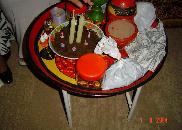
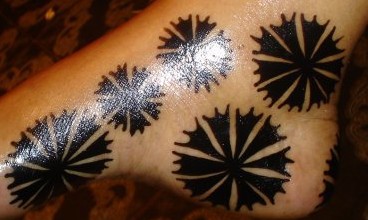
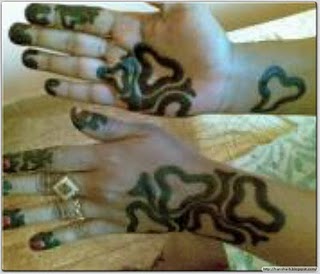
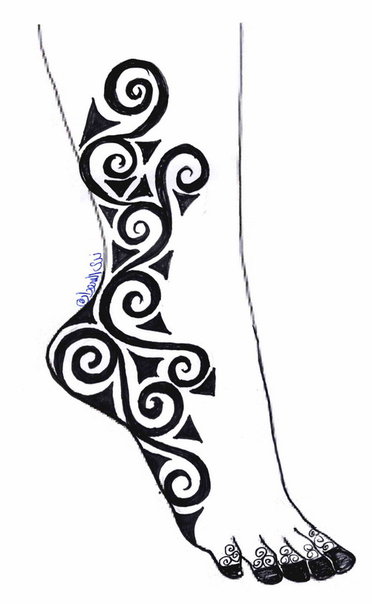
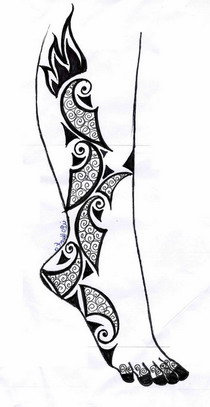
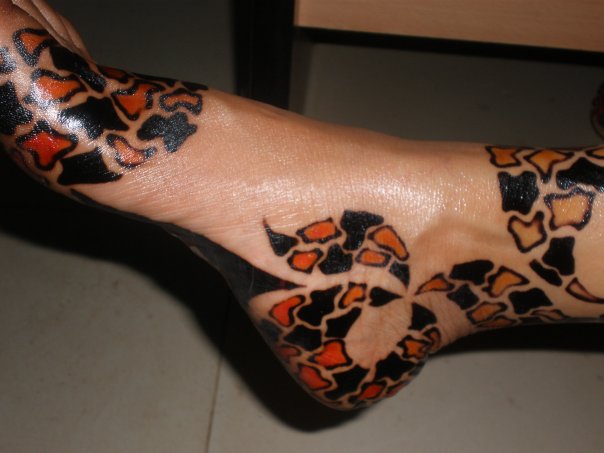

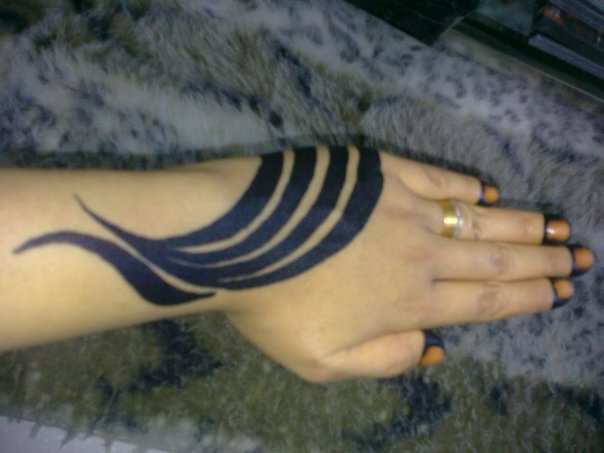
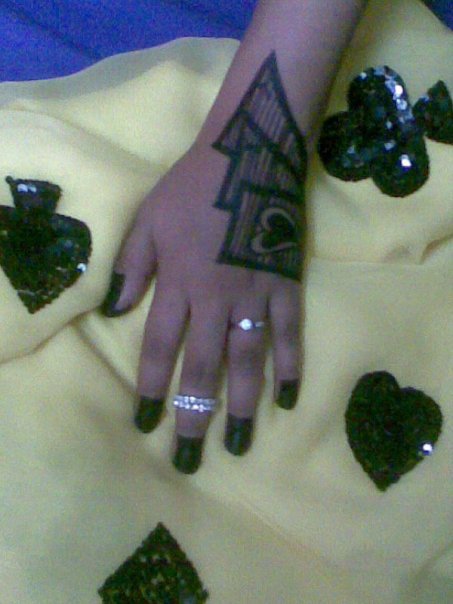
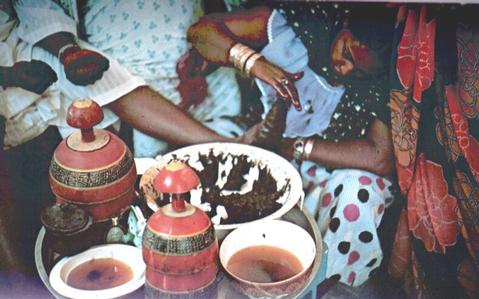
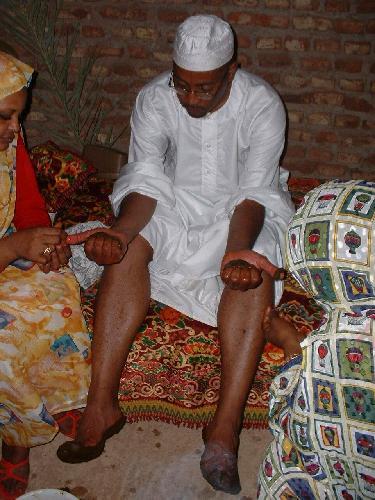
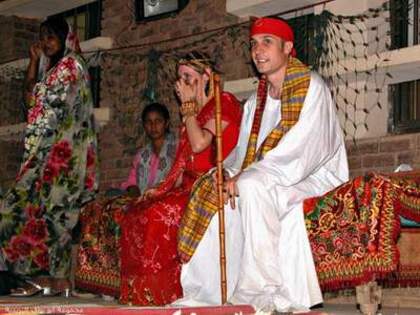
01 Track 1.mp3
5.mp3


bit_baldy.mp3
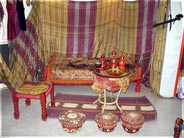
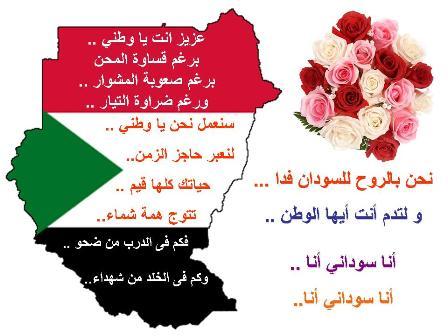
Marriage, Family, and Kinship in Sudan
Marriage. Marriages are traditionally arranged by the parents of the couple. This is still the case today, even among wealthier and more educated Sudanese. Matches are often made between cousins, second cousins, or other family members, or if not, at least between members of the same tribe and social class. Parents conduct the negotiations, and it is common for a bride and groom not to have seen each other before the wedding. There is generally a significant age difference between husband and wife. A man must be economically self-sufficient and able to provide for a family before he can marry. He has to be able to furnish an acceptable bride-price of jewelry, clothes, furniture, and among some tribes, cattle. Among the middle class, women usually are married after they finish school, at age nineteen or twenty; in poorer families or in rural areas, the age is younger. Polygamy was a common practice in the past. Divorce, although still considered shameful, is more common today than it once was. Upon dissolution of a marriage, the bride-price is returned to the husband.
(Read more: Culture of Sudan - traditional, history, people, clothing, traditions, women, beliefs, food, customs http://www.everyculture.com/Sa-Th/Sudan.html#ixzz1LXwgMp8g
Henna
It is left to dry, then washed off.
If you are careful, your henna can last for over a month before fading away!
It's as easy as that!
Several days before the wedding, the Bride invites her female relatives and friends to an evening party called El Henna
Make a free website with Yola
